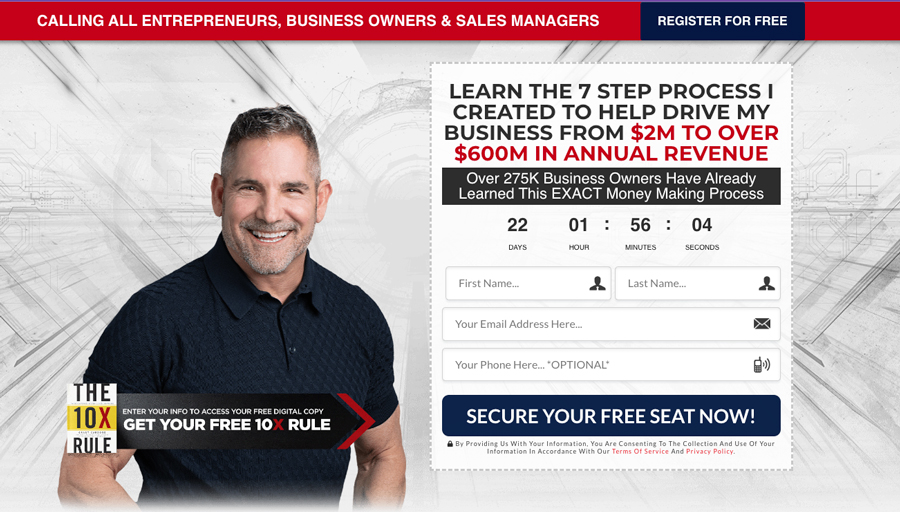“Robots are taking jobs—it’s fact. They can replace slow and average service. Robots answer phones, make bank transactions, balance account ledgers, sell you movie tickets and make your coffee. Drones are replacing U.S. postal workers and travel agents are almost extinct.
The robots are coming for our middle-class jobs By Malcolm Berko
But GREATNESS cannot be programmed into a computer; so you better be sure you and your people are FAST and you must make sure they are GREAT!” – GC
Dear readers: Dozens of readers have asked about the Hostess bankruptcy and what I think the effects of automation (robots) will be on the future job market for their kids.
I fondly remember Hostess, the maker of Twinkies. Our high school had an annual Twinkie eating contest, and Sam, a well-liked runt, weighing 120 pounds with wet pennies in his pockets, always won. I’ve been eating those snack cakes since the summer of 1947, and they’re still umm-umm good. But a couple of years ago, Hostess was forced to declare bankruptcy, and 18,500 employees — bakers, tasters, wrappers, creamers, mixers, etc. — lost their jobs. An intransigent union, rising wages and benefits, and inefficient work rules prevented Hostess from selling products profitably. When management couldn’t come to an agreement over wages, health care costs, pensions and work rules, Hostess declared bankruptcy.
Mixing batter, boxing cupcakes on an assembly line or moving Twinkies with a forklift for shipping to Wal-Mart isn’t worth $18 to $57 an hour. So private equity shook the bull by the horns, shuttered inefficient factories, installed automatic production facilities and improved the company’s distribution systems. Today — with 6 percent of the previous workforce, nonunion work rules and automation — Hostess is producing those sweet things at a fraction of the cost and making a swell profit.
Economist Joseph Schumpeter, who coined the term “creative destruction,” should be read by everybody. Many old jobs that paid solid wages are gone, and a “hiring down” process is being imitated in cities around the country. It wasn’t long ago when tens of thousands of union autoworkers were getting huge pensions and earning $87 an hour. In the 1950s, ’60s and ’70s, AT&T, Monsanto, DuPont, Procter & Gamble and U.S. Steel employed tens of thousands of secretaries. Like sheep, they flocked to their desks at 8:30 a.m., lunched between 12:00 and 12:30, and at 5:00 gathered their purses and herded home. They were the middle class, with a house with a picket fence, a recent-model car, a retirement plan and schools with PTAs. They were replaced by robots.
So among the most worrisome challenges facing today’s disappearing middle class is: What happens when the robots come for our jobs? Most lower-income professions — such as housekeepers, landscapers, baggage handlers, day care workers and custodians — are not appealing to robots. But most middle-class jobs — such as those in financial services, software engineering, sales, architecture, teaching, banking and trucking — are. The advances in technology are increasing faster than our ability to adjust. And in the process, our educational system continues to grow dumber and bigger, definitely not better, while graduating record numbers of empty heads that don’t fit.
Read the full article at:
The Columbian



























